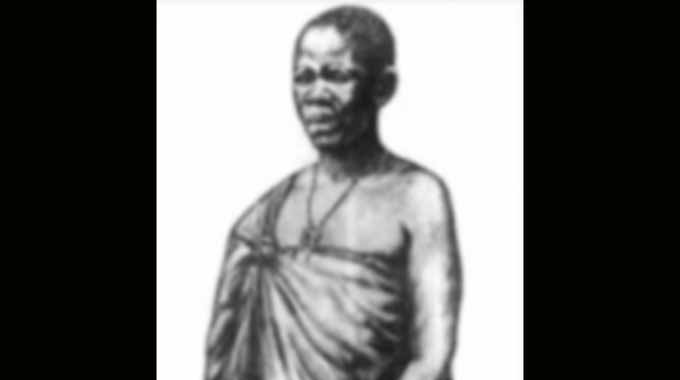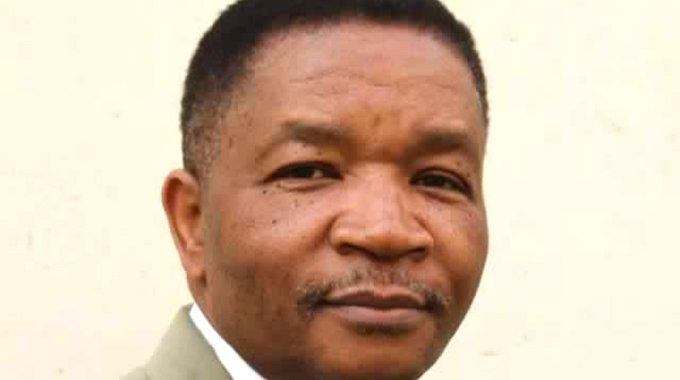Retracing origins of the Chirandu clan: Part 4

Claude Maredza Correspondent
These people today are found mainly in the Masvingo, Mberengwa and Buhera/Chivhu areas of Zimbabwe as the main original areas they settled in but with urbanisation, a lot of them have now moved into cities with Masvingo the city having a clearly visible significant presence of them.
These are the people referred to as the Lemba or VaRemba or Musoni. Their totem is the Zhou, not the elephant, but a type of mouse which has a long beak (referred to in Shona as mudhenge), reminiscent of the elephant trunk, hence this Zhou totem. This must not therefore be confused with the people of the Zhou Samanyanga totem, whose totem is the elephant, zhou, hence samanyanga referring to the elephant’s tusks (horns).
There is also a little tiff amongst these Lemba people because while most of their social characteristics are the same, some members of the group lean more towards the Arabs while other members lean more towards the Jews resulting in the Israeli/Arab conflict manifesting itself in distant Zimbabwe through these Lemba people.
Of course, there have never been known fights amongst them in Zimbabwe but this Jew/Arab bias or lineage is known to exist amongst them.
The other point is that they have diluted themselves so much and dissolved into the general Zimbabwean polity to the extent where they have chosen and found themselves niches into which to fit into the main Zimbabwean majority people that they have fitted themselves in so well that they are not ordinarily recognisable as Va- Mwenyi by sight and one only gets to know that a person is a MuMwenyi when he starts telling you that he doesn’t eat pork, neither does he eat any meat from an animal not slaughtered by one of his own, so-called halaal and or kosher.
One still sees clear features of Arab/African mixtures especially in places like Masvingo city in some of the people but these are a result of latter-day African Arab inter-marriages but on the whole, most of the Mwenyi people are no longer distinguishable from their African side of their mixed parentage.
Of course, the VaMwenyi people constitute a whole anthropological grouping with their own complex idiosyncrasies which admittedly would require an entire study on its own with its own treatment so as to do proper justice to it but in this instalment we are dealing with the Moyo Chirandu.
However, we thought it pertinent to just nibble a bit on the Va- Mwenyi in the spirit of inclusivity as they indeed form a distinct group of originals in Zimbabwe worthy of individual mention.
Varozvi, Dhewa and Vaduma – all variants of the same Moyo Chirandu explained
Zimbabweans generally erroneously think that the First Chimurenga is the one fought in the 1890s when Mbuya Nehanda and Sekuru Kaguvi rose up against the British and got hanged for that.
Firstly, we have to explain the meaning of Chimurenga.
Chimurenga means Murenga’s war.
This is any war which is fought in Zimbabwe to preserve national sovereignty when the nation’s security as a nation is under threat from external forces.
So low-level localised skirmishes like the raids by Mzilikazi’s Khumalo Zulus who generally became referred to as Ndebeles or Madzviti raiding the Karangas are clearly not national and can therefore not be described as Chimurenga.
This originates from the fact that Murenga was and still remains the greatest Zimbabwean national holy godly spirit medium who gave the order to go to war when national security was threatened.
So any war ordered by Murenga was a national war therefore a Chimurenga, descriptively meaning a war which Murenga has ordered to be waged in defence of national sovereignty whenever the nation is under threat from external forces.
No national war would be waged without it being given the nod by Murenga, him being the highest spiritual representative of all Zimbabweans, and any such war ordered by Murenga would therefore be described as a Chimurenga and this only happened if there was an external threat to the country’s security.
In modern parlance, Murenga was therefore the commander- in-chief of Zimbabwean defence forces, much as he really should be even today if we revert to following our proper original protocols of rulership, which is as it should be anyway.
This makes Mbuya Nehanda and Sekuru Kaguvi’s war against the British in the 1890s a national war, therefore indeed a Chimurenga.
But was this the first Chimurenga?
No, it wasn’t.
It also means the recent Chimurenga against the British of the 1960s and 1970s which culminated in Zimbabwe regaining independence from Britain in 1980 is also a Chimurenga as it was also a national war as the nation was under external threat from the invading and colonising British.
This war has so far been incorrectly referred to as the Second Chimurenga when, in fact, it was the Third Chimurenga.
The First Chimurenga was fought between 1675 and 1695 between the Portuguese and our forefathers of the time.
When the Shoko Mbires came into this country around 1000 AD their founding forefather was called Murenga.
Murenga himself was the son of Tovela or Tovera.
But Tovera was in physical existence when these people were still in north-east Africa. He clearly never crossed the Zambezi into Zimbabwe but he continued to exist in spirit through a living spirit medium representing him as much as he still continues to exist through a spirit medium today.
This is why we still hear of Tovera even today in Zimbabwe.
It is not known if Murenga himself actually crossed the Zambezi into Zimbabwe as the people moved southwards.
What is, however, known is that there was always a holy godly spirit medium who would represent Murenga’s spirit and this person was referred to as Murenga in honour of the founding father Murenga.
This earthly representative of the godly spirit of the ancestor Murenga therefore became the spiritual rallying point of the living progeny of Murenga.
He also became the highest authority in the politics of Zimbabwe to whom those actually running the country would report in order to get divine guidance on how people should be equitably ruled as divinely required by God.
So Murenga became the national spiritual rallying point in Zimbabwe and there was always a Murenga spirit medium who was the people’s rallying point in case of any form of disaster or whenever guidance on national issues was required.
To clarify, the spirit of Murenga also known as Mhondoro or Svikiro is bigger than any political figure in Zimbabwe.
That means the svikiro/mhondoro is bigger than presidents, prime ministers, etc.
In fact, the political figures must ask for permission to rule from the spirit medium of Murenga, who is the highest authority in everything Zimbabwean inclusive of the political domain.
This is because of the divinity vested in the spirit medium of Murenga which puts this Murenga mhondoro/svikiro or holy godly Murenga spirit medium above everything else in Zimbabwe.
Claude Maredza is a crown prince of the Norumedzo Moyo Chirandu people, an academic, writer and film producer. Feedback: [email protected]









Comments